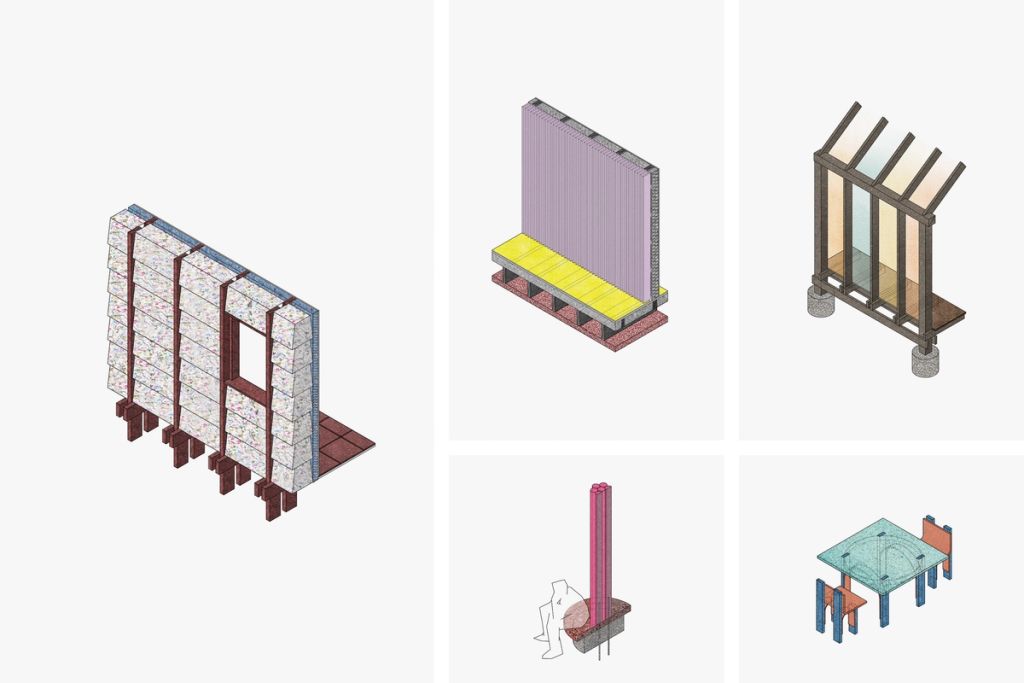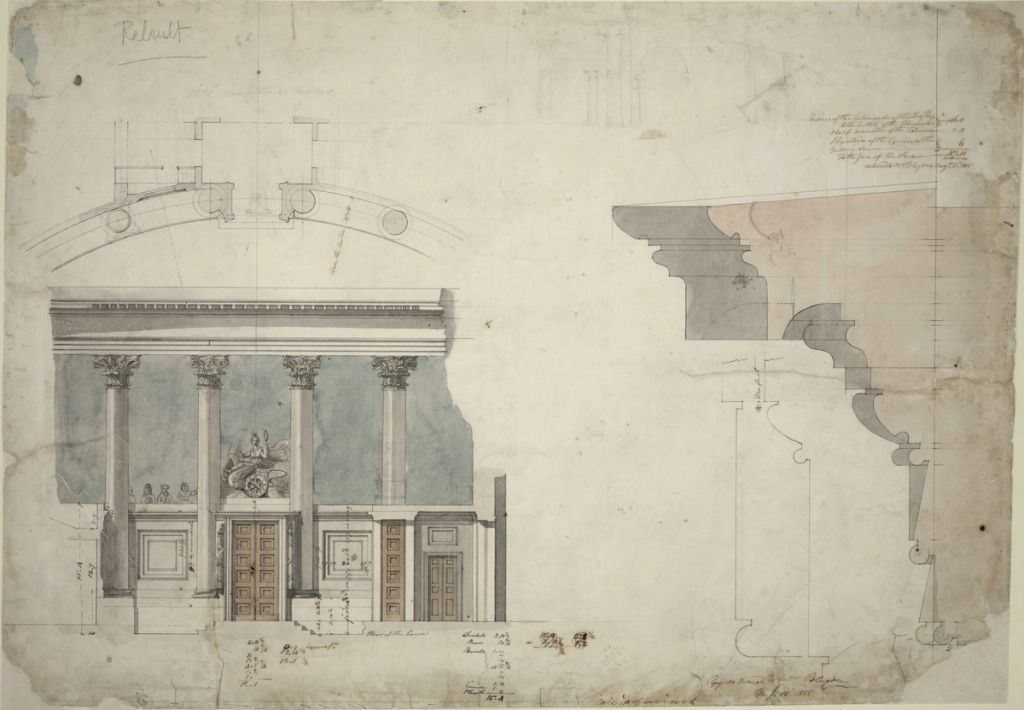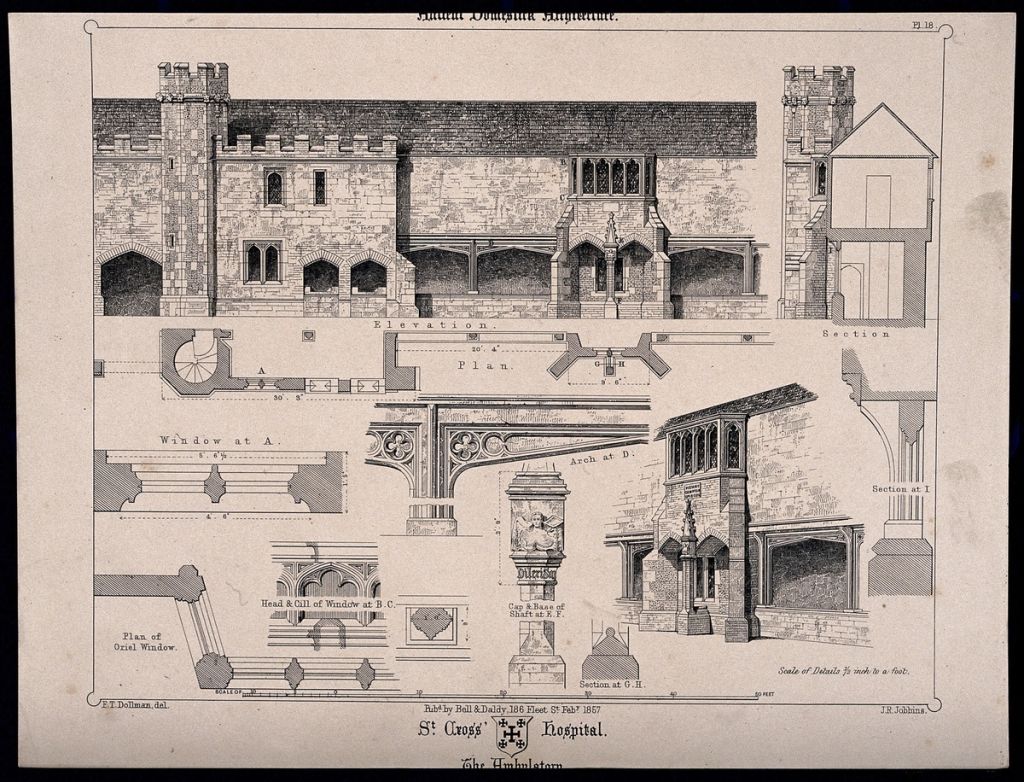Home from Homes
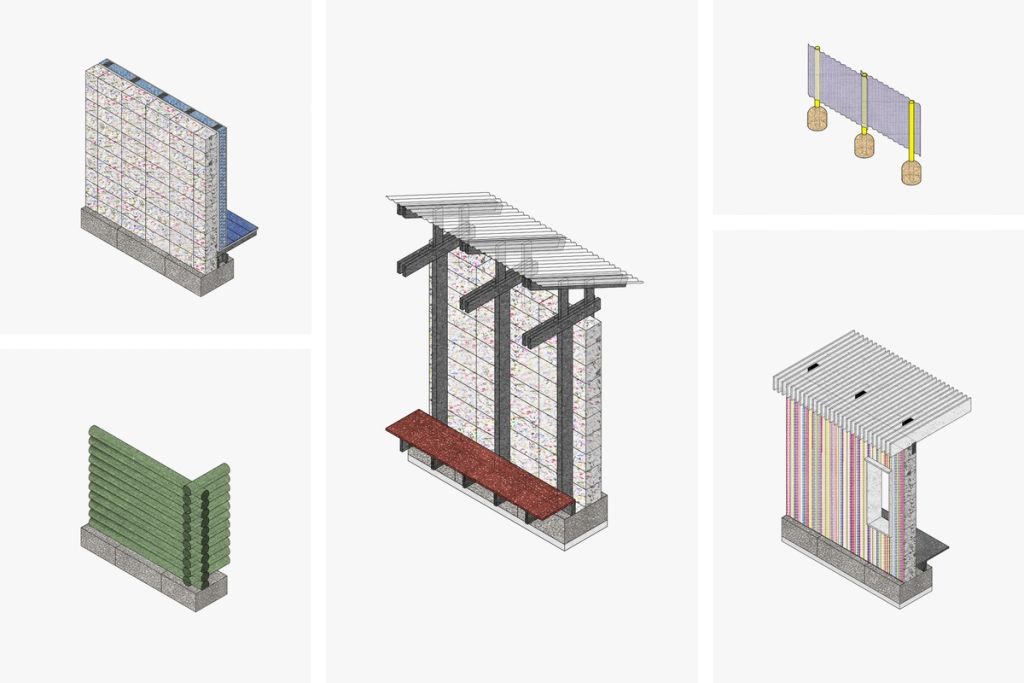
Date: November 2022 Location: London, UK Area: 100m2 Function: Pavilion Status: Competition
"Home from Homes" is PAN- PROJECTS proposal for the London Festival of Architecture 2023 Eco Home Pavilion competition, organised with the Worshipful Company of Chartered Architects. The brief called for a temporary pavilion in London’s Square Mile that reimagines future living in response to the climate crisis. Our entry begins with the city’s own material history: the London Stock Brick, once made from domestic ashes and cinders. This precedent shows how waste has long shaped the architecture of homes. The pavilion extends that lineage into today, assembling rooms built entirely from materials created out of household waste — plastics, textiles, glass, food residues. Rather than a singular “model home,” the project is a catalogue of fragments, each a recipe for how discarded matter might be transformed into the construction elements of tomorrow’s domestic spaces.
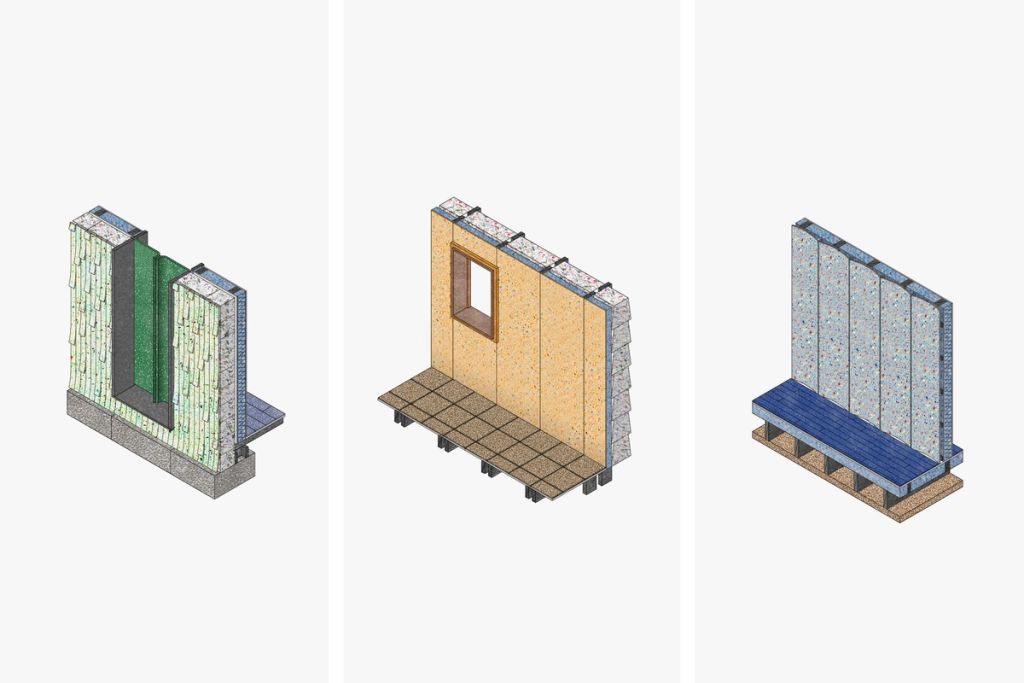
Home from Homes imagines a pavilion as a collection of architectural recipes for future living. Rather than presenting a finished home, the project assembles a series of fragments — rooms made from materials that originate in domestic waste. Floors of used plastic, walls of compressed textiles, counters pressed from food residues, tiles formed from glass offcuts: each fragment demonstrates how discarded matter can become tomorrow’s ingredients of architecture. The story begins with London itself. The city is built on precedents of reuse — the London Stock Brick, produced for centuries from ashes collected from household fireplaces, is a reminder that waste has long been a foundation of architecture. Home from Homes continues this lineage, proposing that the next generation of homes may once again be born out of domestic by-products, but with materials developed for today’s environmental realities. The pavilion is conceived not as a showcase of samples but as an inhabitable catalogue of new architectural recipes. By arranging a sequence of rooms, each fabricated from a different waste-derived material, visitors can experience them at architectural scale. Walls are touched, floors are walked on, surfaces are leaned against — the materials are tested in the way homes demand, not as isolated objects but as lived spaces. At the heart of the project is the idea of the recipe: a shared method that transforms ingredients into something greater than their parts. Architecture has always relied on such recipes, from timber joinery to reinforced concrete. Today, new materials born from waste already exist, but their recipes are still being written. Home from Homes becomes a space to test and share those methods, turning scattered innovations into a collective language for building. The materials are sourced through collaboration with pioneering makers and workshops around the world. Each carries its own history: carpets reconstituted into blocks, discarded glass remelted into tiles, food waste compressed into panels. Their assembly into rooms is an act of collective storytelling, giving form to a future where architecture grows from what we already have in abundance. Home from Homes is less a prototype of a single sustainable house than an open kitchen for architecture. It invites the public to encounter the textures, imperfections, and beauty of materials derived from homes, and to imagine new ways of building not from scarcity, but from abundance. By sharing recipes rather than fixed models, the pavilion suggests a future where architecture evolves through collective experimentation, transforming the most overlooked matter into the foundations of our homes.
